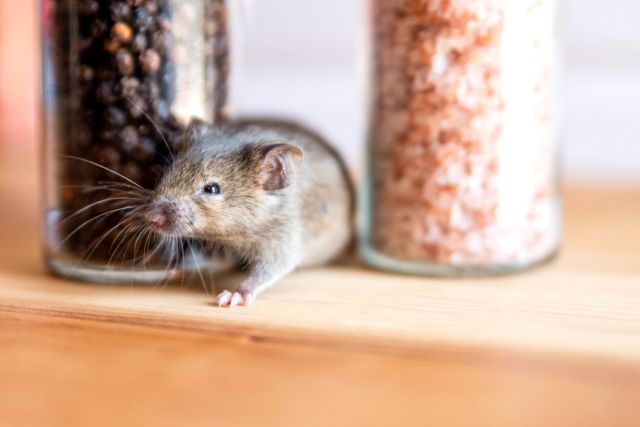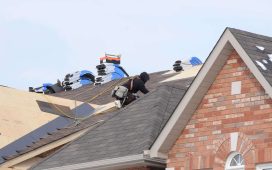Termite infestation is frequent in Winter Park, and occasionally, locals are unable to eradicate them on their own. Contacting Pest Control might be advantageous for locals. There are several strategies available with the professionals of pest control in Winter Park to stop termites from getting inside a property, including caulking any openings and eliminating any tiny areas. Underestimating the power of termites has caused losses to a lot of individuals.
Because termites are very small, they can get into buildings fast. You will not even notice them but it does not mean that they are not present. You must make sure that there are no little openings around your property if you wish to keep them out. In order to get rid of termites, several pest control businesses are using dogs and all the other possible methods at their disposal.
How Can Termite Infestations be Identified?
Wood is the major food supply for termites; hence, it is critical to examine wooden structures.
- In order to look for hollow or papery regions, softly push or tap on wood surfaces such as floors, walls, or furniture. Spongy or easily crumbled wood is another sign of termite activity.
- Keep an eye out for any unexpected changes in your wooden structures. Termite damage to the surrounding timber frames can make it difficult to open and close doors and windows.
- Cracked or buckling flooring, drooping ceilings, and damaged paint can all indicate termite damage.
What Damages Are They Capable of?
Depending on the type of termite, different areas of the house might experience different levels of damage from termites. Let us examine the different potential damages that termites can cause:
- By eating on them, they might ruin costly furnishings in the house.
- Those that are sensitive may also have allergies. Termites have the ability to hollow out wooden doors from the inside, making it challenging to open and close.
- They could cause the paint on your wall to peel or fall off.
Do They Come in Various Types, Too?
- Drywood Termites
Drywood termites are notorious and have the ability to inflict significant damage to homes. Take any infected furniture or firewood into the house, and they could be able to sneak inside. In addition, these termites require less moisture than subterranean termites. Usually, the moisture already present in their bodies is sufficient for their survival.
-
Termites in Damp Wood
As their name implies, they like moist areas like wet wood, yet they can also enjoy decaying wood. Usually, they infest regions that get a lot of dampness. Keep the moisture out of your home to keep it safe.
-
Subterranean Termites:
Among termites, they are the most prevalent kind. Compared to other termite species, they have a reputation for reproducing exceptionally quickly. They frequently occupy damp areas and areas with access to forests. It is the leaking pipes that draw them in since they require a lot of moisture for survival. Termite wings on the front door, drooping floorboards, peeling paint, creaking furniture throughout the home, etc., are some typical indicators of their infestation.
Symptoms to Look for During a Termite Problem:
-
Look Out For Mud Tubes:
To safeguard the path between their underground colonies and their food sources, termites create mud tubes. Walls, foundations, and other surfaces that come into contact with the earth are common places to find these tubes. Particularly, those in crawl spaces, basements, or areas near the earth require your immediate care.
-
Check For Abandoned Wings:
Termites swarm and shed their wings when they find a favorable spot to establish a new colony. Seek out abandoned wings near windowsills, doors, or other light sources. These wings are frequently thin and translucent, and they might collect in bunches.
-
Look For Galleries of Termites:
Termites tunnel or create elaborate patterns known as galleries when they burrow into wood. Look for proof that these galleries exist in wooden areas, especially the ones that are close to the ground.















